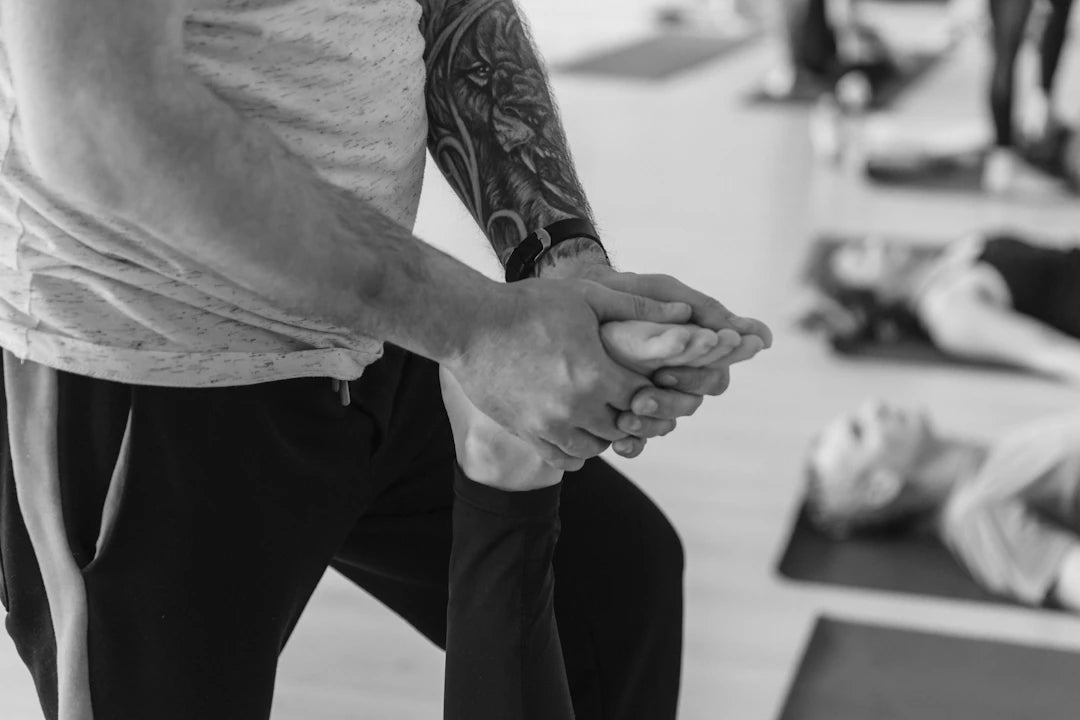
Walking for Fitness: Tips for Older Adults' Wellness
Share
Overview
Walking is a vital and beneficial exercise for older adults, offering improvements in cardiovascular health, joint flexibility, and mental well-being. While challenges like joint pain, balance issues, and motivation can arise, practical solutions are available. Establishing a consistent walking routine, incorporating healthy habits, and engaging the mind can enhance the walking experience. Embrace this simple yet effective workout to promote overall health and well-being.
Frequently Asked Questions
1. What are the benefits of walking for older adults?
2. How can older adults manage joint pain while walking?
3. What strategies can help improve balance while walking?
4. How can older adults stay motivated to walk regularly?
5. What should older adults consider when creating a walking routine?
Walking is one of the simplest yet most effective forms of exercise, especially for older adults. As we age, maintaining an active lifestyle is crucial in ensuring overall health and well-being. Walking is a low-impact, joint-friendly workout that can be easily incorporated into your daily routine. This guide will provide actionable tips and tricks to help older adults engage in walking for fitness while tackling common challenges along the way.
The Benefits of Walking for Older Adults
Walking regularly offers numerous benefits, particularly for older adults. Here are some key advantages:
- Boosts cardiovascular health: Walking strengthens your heart, improving circulation and reducing the risk of heart disease.
- Aids in weight management: Regular walking helps maintain a healthy weight and assists in weight loss goals.
- Improves joint flexibility: A joint-friendly workout like walking provides gentle movement, reducing stiffness and improving overall joint function.
- Enhances mental well-being: Walking releases endorphins, reducing feelings of stress and anxiety and promoting a cheerful mood.
- Supports social connections: Walking with friends or joining a walking group encourages social interaction, fostering a sense of community.
Common Challenges and Solutions
While walking is beneficial, older adults often face certain challenges that can hinder their ability or motivation to walk. Let's address some of these common hurdles and offer practical solutions.
Joint Pain
Joint pain can be a significant barrier for many older adults, making physical activity feel daunting. However, walking is a joint-friendly workout that minimizes impact and can actually help alleviate stiffness over time. Here are some tips to manage joint pain while walking:
- Choose supportive footwear: Invest in a good pair of walking shoes that provide ample cushioning and support.
- Walk on soft surfaces: Paths with grass or dirt tend to be more forgiving on the joints compared to concrete or asphalt.
- Warm-up and cool down: Take a few minutes to stretch and warm up your muscles before and after your walk.
Balance Issues
Balance can be a concern for many older adults, increasing the risk of falls. Here are some strategies to enhance your balance while walking:
- Use a walking aid: If you are unsteady, consider using a cane or walker for added support while walking.
- Practice balance exercises: Simple exercises, like standing on one leg while holding onto a sturdy surface, can improve your stability over time.
- Stay aware of your surroundings: Be mindful of uneven surfaces or obstacles as you walk. Choose well-maintained paths that are free from hazards.
Motivation Struggles
Finding motivation to walk regularly can be tricky. Here are ways to keep your spirits and motivation high:
- Set realistic goals: Start with small, achievable walking goals. Perhaps aim for a ten-minute walk, gradually increasing the duration as you feel comfortable.
- Choose enjoyable routes: Walking in a scenic area or a park can make the experience more enjoyable, giving you something pleasant to look at while you move.
- Buddy system: Recruit friends or family members to walk with you. Walking with someone can make the experience more rewarding and help keep you accountable.
Creating Your Walking Routine
Establishing a walking routine is essential for consistency. Here’s a simple step-by-step guide to get you started:
Step 1: Assess Your Current Fitness Level
Before beginning any new exercise routine, evaluate your current ability. If you are new to walking, consider starting with short distances (5-10 minutes) at a comfortable pace.
Step 2: Set a Schedule
Consistency is key. Pick days and times that work best for your lifestyle. Aim to walk at least three to five days a week.
Step 3: Dress for Success
Wear loose, comfortable clothing that allows free movement. Your shoes should provide both stability and cushioning. Don’t forget sunscreen if you're walking outdoors and dress appropriately for weather conditions!
Step 4: Start Slow
For the first few walks, focus on maintaining a pace that feels comfortable. You should be able to hold a conversation without becoming overly breathless. Gradually increase both pace and distance as your body begins to feel stronger.
Step 5: Add Variety
To keep your walking routine exciting, consider the following options:
- Interval walking: Alternate between brisk walking and a slower pace to increase heart rate.
- Walking in nature: Explore nearby parks, trails, or waterfronts for changing scenery and fresh air.
- Switch terrain: Mix it up by incorporating hills or stairs for added muscle engagement.
Incorporating Healthy Lifestyle Habits
In addition to incorporating a walking routine, embracing other healthy lifestyle habits can elevate your fitness journey. Here are some recommendations:
Healthy Nutrition
Fueling your body with nutritious food enhances your walking experience. Focus on a balanced diet rich in:
- Fruits and vegetables: Aim for a rainbow of colors to gain essential vitamins and minerals.
- Whole grains: Foods like whole grain bread, brown rice, and oats provide energy and essential nutrients.
- Lean proteins: Incorporate beans, legumes, poultry, and fish into your meals to support muscle health.
Hydration
Staying hydrated is crucial, especially when engaging in physical activity. Aim to drink water before, during, and after your walks to maintain optimal hydration levels.
Rest and Recovery
This point might be as important as your daily walks. Make sure to incorporate rest days into your routine. Allowing your muscles time to recover prevents overuse injuries and keeps you motivated.
Engaging Your Mind and Body
Mental well-being is as important as physical health. Here are some techniques to incorporate mindfulness and joy into your fitness routine:
- Practice gratitude: During walks, reflect on aspects of your life for which you are grateful. This can enhance your mood and overall outlook.
- Listen to music or audiobooks: Enjoying your favorite tunes or an engaging story can make your walks more enjoyable and help pass the time.
- Focus on the present: Pay attention to your surroundings, the sounds, and the physical sensations in your body while walking. This practice of mindfulness can uplift your spirit.
Your Walking Journey Awaits!
Walking for fitness is not only a simple exercise; it's a joyful journey towards better health and well-being. By embracing this joint-friendly workout, you unlock numerous benefits while facing the challenges of aging head-on. Remember to listen to your body, set achievable goals, and foster a supportive community around you. With these tips and tricks, you're well on your way to enjoying walking as a fulfilling and vital part of your daily routine. Lace up your shoes and take that first step today – your body and mind will thank you!
